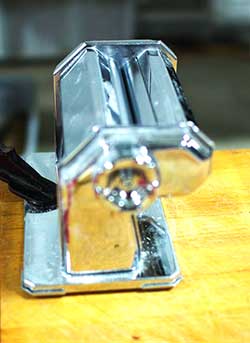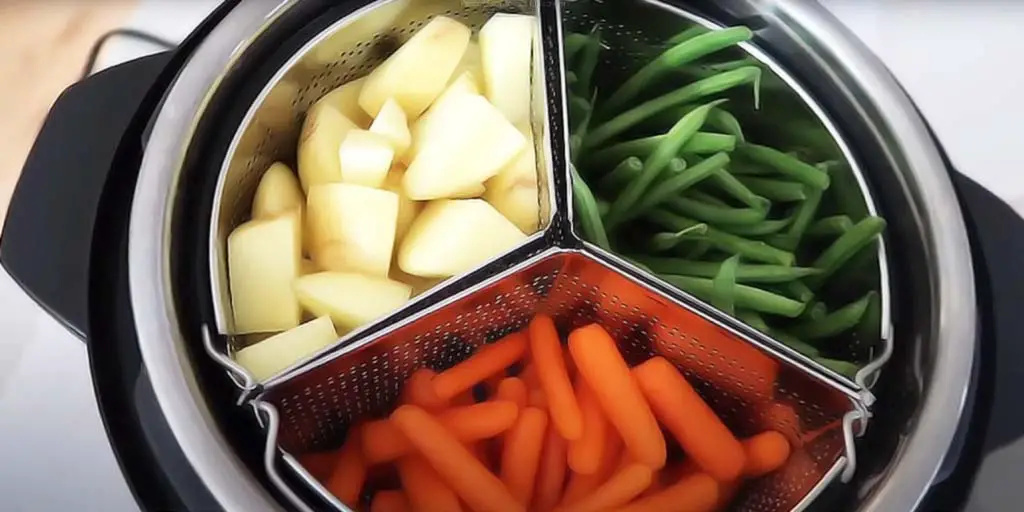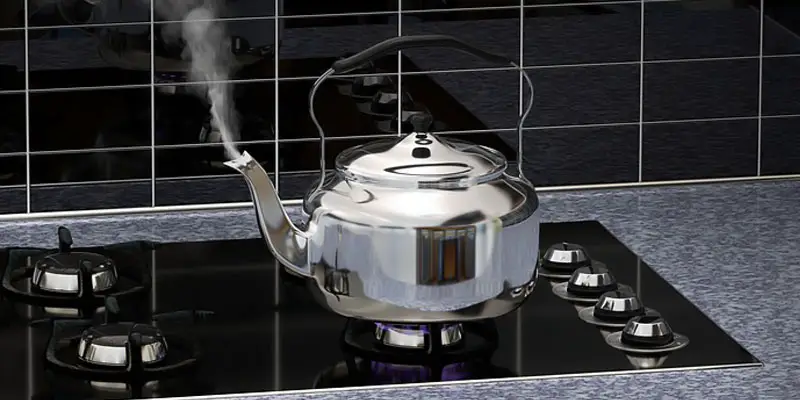How to Use a Pasta Machine (6 Simple Steps)
Making your own pasta from scratch is a bit of a challenging task. People would rather prefer buying ready-made dry pasta from the store. But store-bought pasta usually has too much wax on the pasta, which is not good for your health.
That’s why most popular Italian restaurants that have a star rating on their reputation tend to do what is best for their customers.
They always make their pasta from scratch. And to do that they use a pasta machine or pasta maker to make their job easier. Here, we’re going to talk about how to use a pasta machine the right way.
Contents
6 Simple Steps To Using A Pasta Machine

In the old days, making pasta was a bit tougher. People had to use a lot of strength to flatten the pasta dough with a rolling pin. That would eventually make the person tired. But now new machines have been invented to make pasta making an easier and faster process.
These pasta makers help flatten out any sort of dough into thin sheets. Even polymer clay pasta makers the same way. The only difference is people use it for clay sculpting. But the same machine can also be used to make pasta. You just need to clean it since you’re going to use it for food making.
In general, pasta machines are not as hard as they look. We’ll give you a few steps to follow so that you can get a grasp on how to use it:
Step 1: Gathering Ingredients and Making the Dough
The first step you need to do is make the dough for your pasta. You can’t move on to using the pasta machine without any pasta dough to roll, right? So, you need to now gather the ingredients needed to make the dough for pasta.
Flour, eggs, salt, and water are all the ingredients you need to make the pasta dough. Depending on the amount of pasta you want to make, make your dough that very size. And depending on the size of dough you are about to make; you need to add that amount of ingredients.
You can mix them gently in a bowl. Restaurants usually have large stainless steel counters, which are meant for making large-sized doughs. If you have such a counter, then you can do it on that too. There are also some mixers available for mixing the dough as well.
Step 2: Kneading
Once you’ve combined all the ingredients, it should start to form into a solid form, but it will be a bit softer and elastic. You need to start kneading your dough by hand just for a little while until the dough has a nice and smooth texture.
After you are done kneading, wrap this dough into a plastic wrap or clean film meant for kitchen tasks and set the dough aside to rest.
Step 3: Setting Up
While the dough is resting on the counter, you can now take your time to set up the pasta machine you bought. There are clamps at the bottom. There is a gap wide enough to fit any kind of counter.
All you need to do is screw the dial until the gap between the clamps lessens. Continue screwing the dial until the pasta machine is tightly set onto the counter.
Step 4: Prepare Your Dough
Take your dough out of the clean film wrap and cut it into small divisions so that they will not be too heavy for the pasta machine.
If your dough is very large, you might have to cut it into more pieces; and cut into fewer divisions if the dough is small. You can use the whole dough if your dough is small from the start. You can use a bench scraper to cut the dough.
Take the piece of dough you are about to work with now and flatten it a bit with your hand or a rolling pin so that its roundness is now a bit more rectangular and flatter.
Step 5: Using The Pasta Machine
The pasta machine consists of a structure made with two metal rollers atop one another. You are supposed to flatten the dough in between these rollers.
Carefully take the dough and hold it between the two rollers of the pasta machine. There is a handle that is meant to be rotated to make the rollers roll. Begin rotating the handle and let the rollers start sucking the dough between them.
The dough will begin to come out on the other side of the rollers. Once the dough going in is firmly attached to the rollers, you can move that hand away. Instead, keep that hand on the other side to hold the dough that is coming out. This process is calling laminating.
Step 6: Repeating Rolling
Keep feeding the same dough over and over into the pasta machine rollers. The dough will probably get too long. So, for that, fold the dough and decrease its length by half. It will thicken again, but that’s why you need to keep rolling and make it thinner.
When it is flat and smooth enough to your liking, you can stop. It should be pretty thin so that you can cut it into different pasta shaped sheets strands. For ravioli type pasta, add the different filling you want, and add another layer of the pasta sheet to cover it. This way, your pasta is made from scratch.
Final Words
You might need a little elbow grease when having to rotate the handle the entire time, especially when the dough is tough. But this still makes you exert less energy compared to when you had to use both your arms and your upper body strength to roll out the dough. Sometimes it isn’t even thin enough when you do it by hand. But the pasta machine gives you perfectly thin and long sheets pasta dough which you can cut the way you like to.





